White peony is an ancient plant that has been used for countless centuries as an herbal remedy and decorative addition to gardens. Its beautiful white petals provide a classic look, while its fresh green foliage adds a modern touch to landscapes.
White peonies are stunning and fragrant flowers that have become increasingly popular for decorations, bouquets, and other arrangements. The blooms are usually white or pale pink and can be up to 8 inches in diameter.
Beautiful Varieties Of White Peony
Zhong Chuan Huang
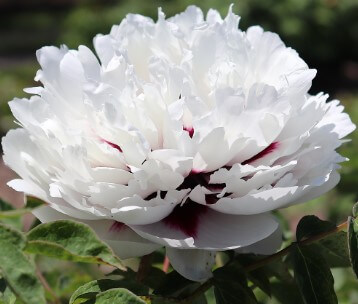
- Plant Type: Woody Perennial
- Geographic Origin: China
- Plant Size: 4-7 Ft.
- Sun Exposure: Full Sun to Partial Shade
- Plant Zone: 3-7
White Innocence
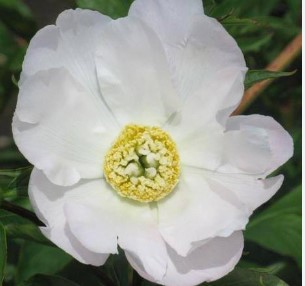
- Plant Type: Herbaceous Perennial
- Geographic Origin: U.S
- Plant Size: 3-6 Ft.
- Sun Exposure: Full Sun to Partial Shade
- Plant Zone: 2a-8d
White Emperor
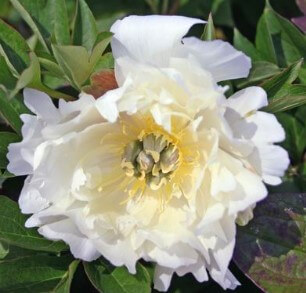
- Plant Type: Intersectional (Itoh) Hybrid Perennial
- Geographic Origin: U.S
- Plant Size: 2-2 Ft.
- Sun Exposure: Full Sun to Partial Shade
- Plant Zone: 5-1
Shirley Temple
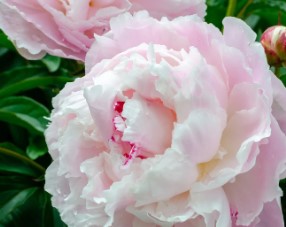
- Plant Type: Herbaceous Perennial
- Geographic Origin: central and eastern Asia
- Plant Size: 2-9 Ft.
- Sun Exposure: Full Sun to Partial Shade
- Plant Zone: 3-7
Moon over Barrington
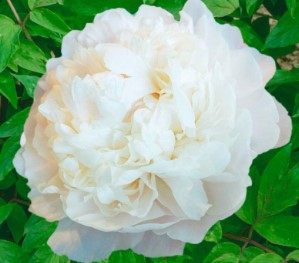
- Plant Type: Herbaceous Perennial
- Geographic Origin: U.S
- Plant Size: 2-5 Ft.
- Sun Exposure: Full Sun to Partial Shade
- Plant Zone: 3-7
Miss America
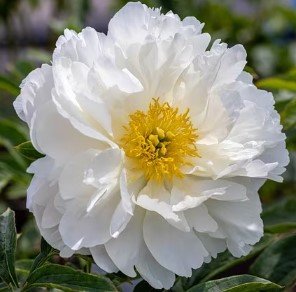
- Plant Type: Herbaceous Perennial
- Geographic Origin: U.S
- Plant Size: 2-4 Ft.
- Sun Exposure: Full Sun to Partial Shade
- Plant Zone: 3-8
Krinkled White
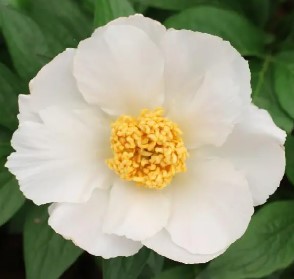
- Plant Type: Herbaceous Perennial
- Geographic Origin: United States
- Plant Size: 2-5 Ft.
- Sun Exposure: Full Sun to Partial Shade
- Plant Zone: 3-8
Honey Golden
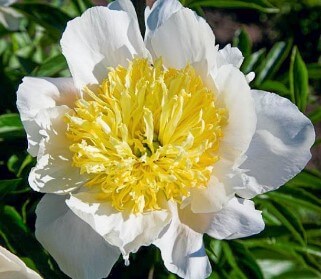
- Plant Type: Herbaceous Perennial
- Geographic Origin: U.S
- Plant Size: 2-4 Ft.
- Sun Exposure: Full Sun to Partial Shade
- Plant Zone: 3-7
Green Halo
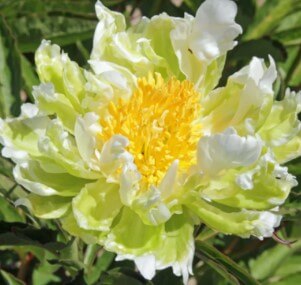
- Plant Type: Herbaceous Perennial
- Geographic Origin: U.S
- Plant Size: 2-3 Ft.
- Sun Exposure: Full Sun to Partial Shade
- Plant Zone: 3-7
Gardenia
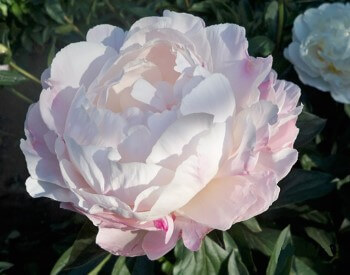
- Plant Type: Herbaceous Perennial
- Geographic Origin: U.S
- Plant Size: 2-2 Ft.
- Sun Exposure: Full Sun to Partial Shade
- Plant Zone: 3-8
Festiva Maxima
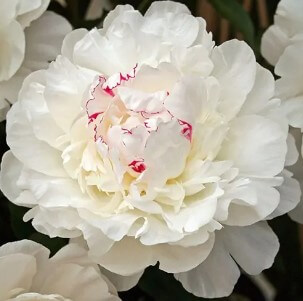
- Plant Type: Herbaceous Perennial
- Geographic Origin: France
- Plant Size: 2-4 Ft..
- Sun Exposure: Full Sun to Partial Shade
- Plant Zone: 3-9
Feng Dan Bai
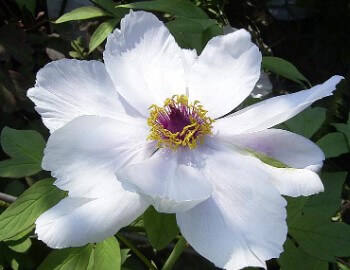
- Plant Type: Perennial Shrub
- Geographic Origin: China
- Plant Size: 4-6 Ft.
- Sun Exposure: Full Sun to Partial Shade
- Plant Zone: 4a-8c
Elsa Sass
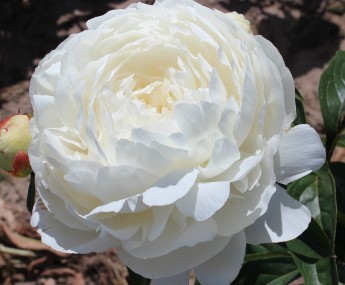
- Plant Type: Herbaceous Perennial
- Geographic Origin: U.S
- Plant Size: 2-3 Ft.
- Sun Exposure: Full Sun to Partial Shade
- Plant Zone: 3-8
Duchesse de Nemours
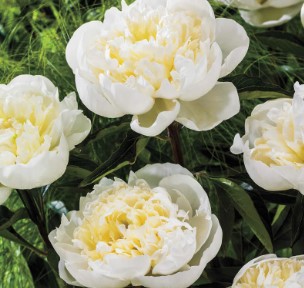
- Plant Type: Herbaceous Perennial
- Geographic Origin: France
- Plant Size: 2-3 Ft.
- Sun Exposure: Full Sun to Partial Shade
- Plant Zone: 3-9
Class Act
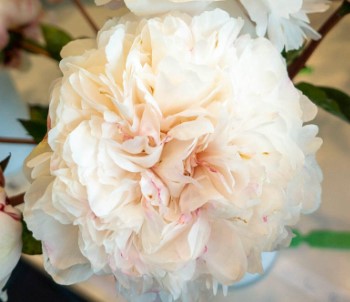
- Plant Type: Herbaceous Perennial
- Geographic Origin: U.S
- Plant Size: 2-3 Ft.
- Sun Exposure: Full Sun to Partial Shade
- Plant Zone: 3-6
Cheddar Charm
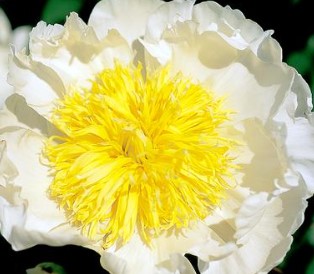
- Plant Type: Herbaceous Perennial
- Geographic Origin: U.S
- Plant Size: 2-3 Ft.
- Sun Exposure: Full Sun to Partial Shade
- Plant Zone: 3-7
Charles White
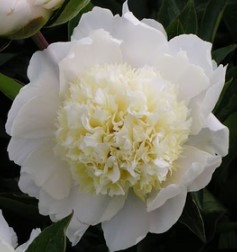
- Plant Type: Herbaceous Perennial
- Geographic Origin: U.S
- Plant Size: 2-3 Ft..
- Sun Exposure: Full Sun to Partial Shade
- Plant Zone: 3-0
Bride’s Dream
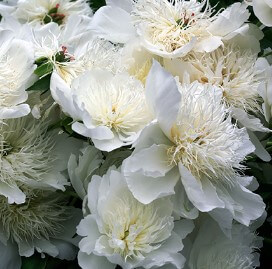
- Plant Type: Herbaceous Perennial
- Geographic Origin: U.S
- Plant Size: 2-3 Ft.
- Sun Exposure: Full Sun to Partial Shade
- Plant Zone: 3-7
Bridal Shower
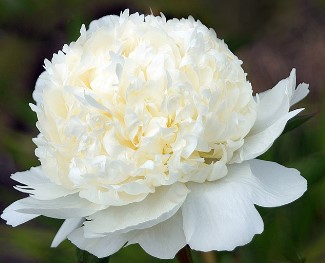
- Plant Type: Herbaceous Perennial
- Geographic Origin: United States
- Plant Size: 2-3 ft
- Sun Exposure: Full Sun to Partial Shade
- Plant Zone: 3-8
Bowl of Cream
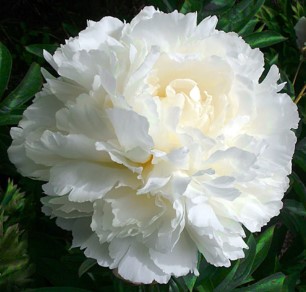
- Plant Type: Herbaceous Perennial
- Geographic Origin: U.S
- Plant Size: 2-3 Ft.
- Sun Exposure: Full Sun to Partial Shade
- Plant Zone: 3-8
Athena
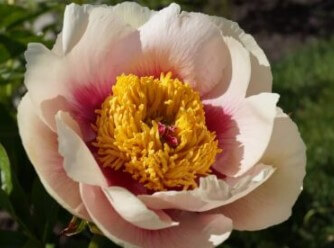
- Plant Type: Herbaceous Hybrid
- Geographic Origin: U.S
- Plant Size: 2-3 fit
- Sun Exposure: Full Sun to Partial Shade
- Plant Zone: 3-6
Common Diseases of White Peonies
White peonies may be beautiful and fragrant flowers, but they’re not immune to disease. Knowing which common diseases can affect these blooms is essential if you want to keep your plants healthy and vigorous throughout the growing season.
Here are some most common ailments that you should watch out for when caring for white peonies in your garden.
Crown Gall
Crown gall is a bacterial infection that can cause swollen, irregular growths on the base of white peony stems or roots. Witch symptoms include yellowish-green foliage, stunted growth and flower failure. If left untreated, this infection can eventually kill your plant.
Botrytis Blight
Another very common ailment that afflicts white peony plants is botrytis blight, which is caused by a fungus called Botrytis cinerea. Symptoms of this disease include wilting blooms, discolored leaves and brown lesions that form on petals and stems.
Leaf Spot
Leaf spot is another fungal disease that affects white peony plants – particularly during periods of high humidity or wet weather conditions. This condition manifests as circular spots on leaves that range from rust-colored to purple in color; eventually leading to defoliation if left untreated.
Root Rot
Root rot often occurs due to overwatering or poor drainage around white peony plants; resulting in soggy soil conditions that lead to unhealthy root systems unable to properly absorb nutrients from the soil. Symptoms include wilting foliage, pale petals and soft stems – all signs that something’s terribly wrong beneath the surface!
Growing White Peonies
White peonies are an eye-catching and fragrant addition to any garden, making them one of the most popular blooms around. Although they can be a bit tricky to grow, with the right conditions and proper care, you can easily cultivate beautiful white peonies in your own backyard. Here’s what you need to know about growing these wonderful flowers.
Requirements for Growth
When it comes to growing white peonies, location is key! Look for an area in your garden that receives at least 6 hours of sun per day and has rich, well-draining soil.
Make sure the spot you choose isn’t overcrowded by other plants as white peonies require plenty of space to thrive. It’s also a good idea to check the pH of your soil in order to determine if you need to adjust it before getting started.
Planting Your Peonies
When planting your white peony plants, make sure you dig a hole that’s twice as wide as the root ball but no deeper than 10 inches (25 cm). Place the roots gently into the hole and fill it up with soil before firmly tamping down around it with your hands or feet. When finished, water thoroughly and wait for new shoots or buds to appear within 1-2 weeks.
Maintenance
White peony plants require minimal upkeep but do need some regular attention in order to stay healthy and vigorous. To keep them looking their best, deadheading any faded blooms can help encourage new buds to form and bloom more abundantly.
Additionally, check your plants often for any signs of disease or damage from pests like aphids or root rot and treat immediately if necessary. Lastly, fertilize regularly throughout the growing season in order to provide essential nutrients needed for plant growth and flowering.
The Symbolism and Popularity of White Peony
The white peony flower has long been associated with elegance, beauty and abundance. This stunning bloom is known to be a sign of good luck, wealth and honour in Chinese culture, where it is also referred to as ‘the flower of riches and honour’.
Its association with royalty and wealth make it a popular choice for weddings or other special occasions.These blooms boast multiple layers of petals with colorful centers that add an extra bit of interest to any space.
The white peony’s beauty is undeniable and it’s no wonder why these majestic flowers have become so beloved. Their elegant look and pleasant aroma make them one of the most popular choices for home decorating!
Preventing of White Peony
White peony plants can be both beautiful and fragrant; however, they can be susceptible to certain diseases if not properly cared for. Luckily, there are several steps that can be taken in order to ensure the health and vigor of your white peony plants throughout the growing season.
Provide Plenty of Sunlight
White peonies prefer plenty of sunlight; at least six hours or more per day is ideal. As such, choose a spot in your garden where they’ll receive direct light during the mornings or afternoons and be sure to plant them away from other larger plants that could block out the sun.
Improve Drainage
Making sure that your soil has proper drainage is key when it comes to avoiding root rot. Adding some organic matter such as compost or mulch into the soil before planting will improve water retention while directing any irrigation away from the roots helps keep them dry and thus stop root rot from occurring.
Prune Regularly
Regular pruning helps remove diseased portions of the plant while also promoting better air circulation around it, allowing leaves to dry quickly after a rain shower which can reduce chances of fungal infection due to too much humidity. Regular deadheading encourages new buds and abundant blooming in summertime!
Sterilize Tools Before Use
Sterilizing gardening tools before use (such as pruners or shears) helps prevent the spread of diseases like crown gall which is caused by harmful bacteria. Make sure you regularly clean any gardening equipment with bleach solution or alcohol wipes and allow them to air-dry afterwards – this will help ensure that all pathogens are eliminated before using them again on your white peony plants.
Apply Fungicides & Insecticides
Fungicides and insecticides should be used only when absolutely necessary as they can kill beneficial insects like bees or pollinators; however, if you find that your white peony plant is infected with a particular fungus or bug then consulting with an expert for advice on how best to treat the problem may be wise.
Examples include using sulfur-based fungicides for powdery mildew or insecticidal soap sprays for controlling aphids or mealybugs – whichever course of action best suits your needs!
Final Thoughts
White peony plants may be fragile and prone to disease, but with proper care and maintenance, you can ensure that your plant remains healthy throughout the growing season. By providing adequate sunlight, improving drainage, pruning regularly, sterilizing tools before use and applying fungicides/insecticides when needed, you can help protect your white peonies from disease for many years to come!
More Information
White peonies prefer well-draining soils that are moist and rich in organic matter; adding compost or mulch into the soil prior to planting helps improve water retention
White peonies require at least 6 hours or more of direct sunlight per day so make sure you choose a spot in your garden where they’ll receive plenty of light during either the mornings or afternoons.
Yes – regular pruning helps remove diseased portions of the plant while also promoting better air circulation around it which allows leaves to dry quickly after a rain shower; it also encourages new buds and abundant blooming in summertime!
June is generally considered the best time for planting since this gives enough warm weather for them to establish their roots properly; late springtime is suitable too however this means less opportunities for flowering due to fewer days of heat during summertime.